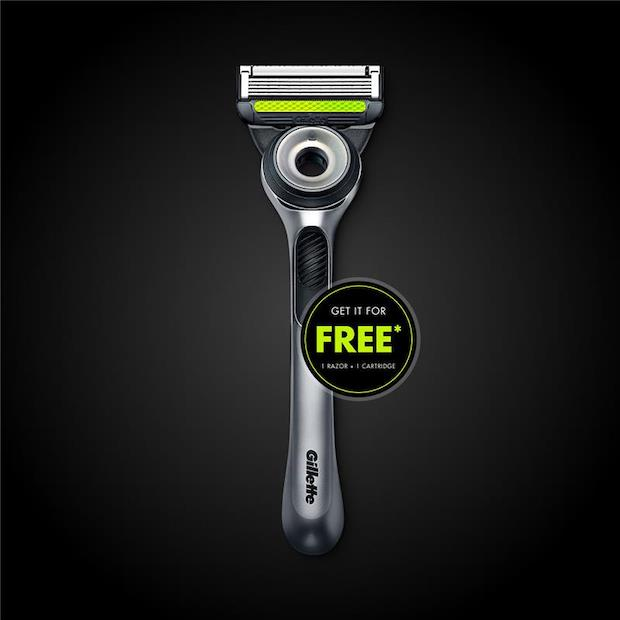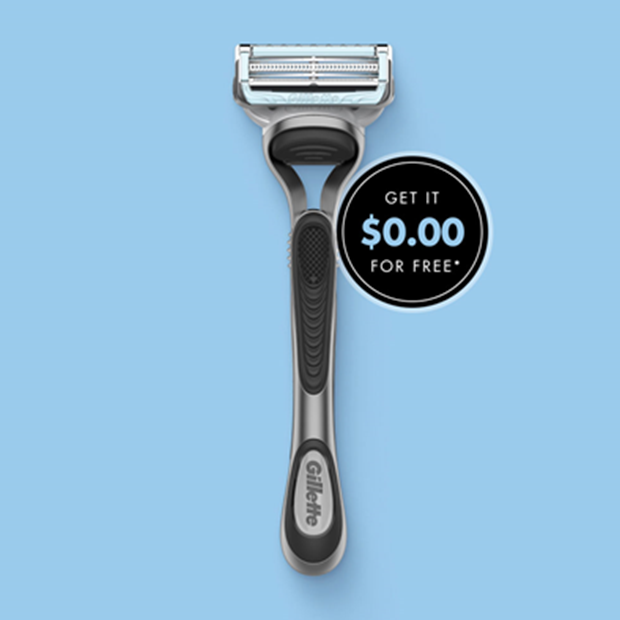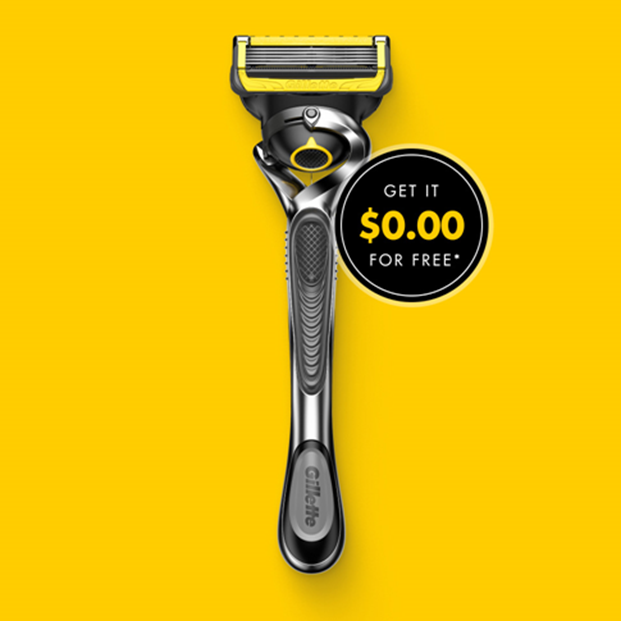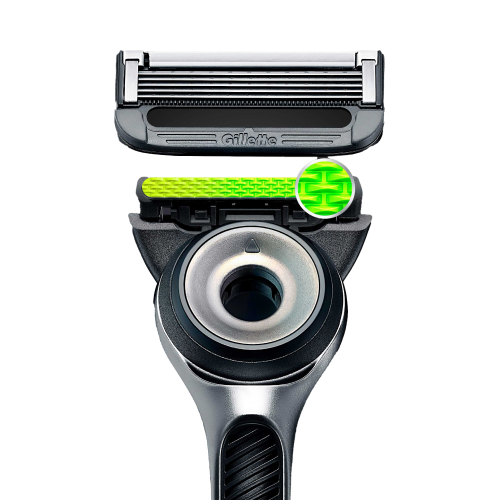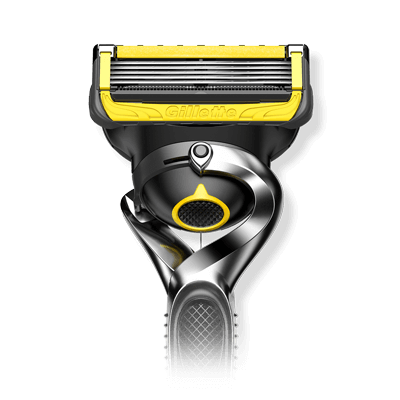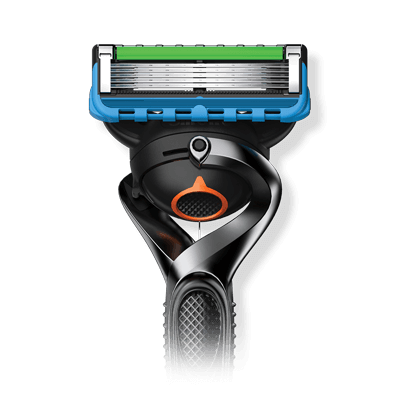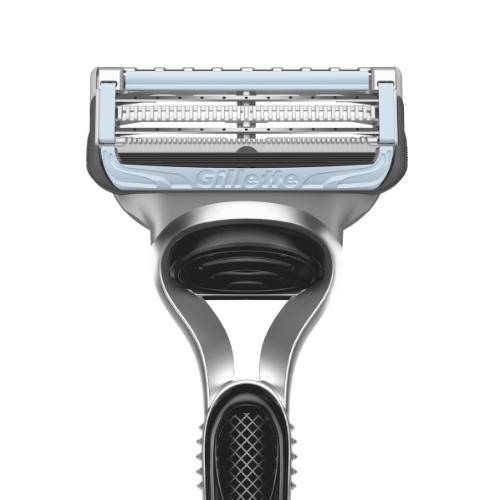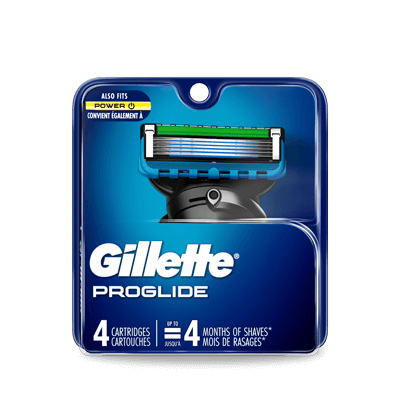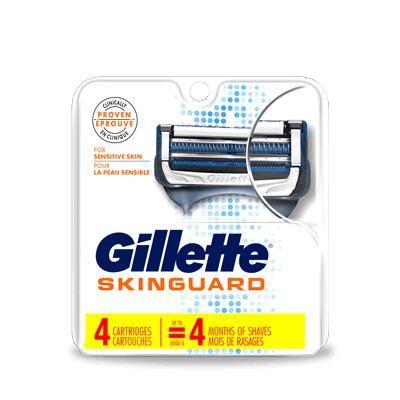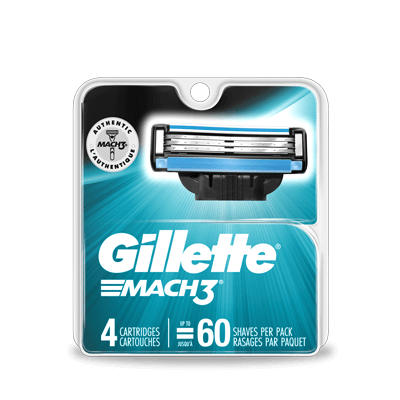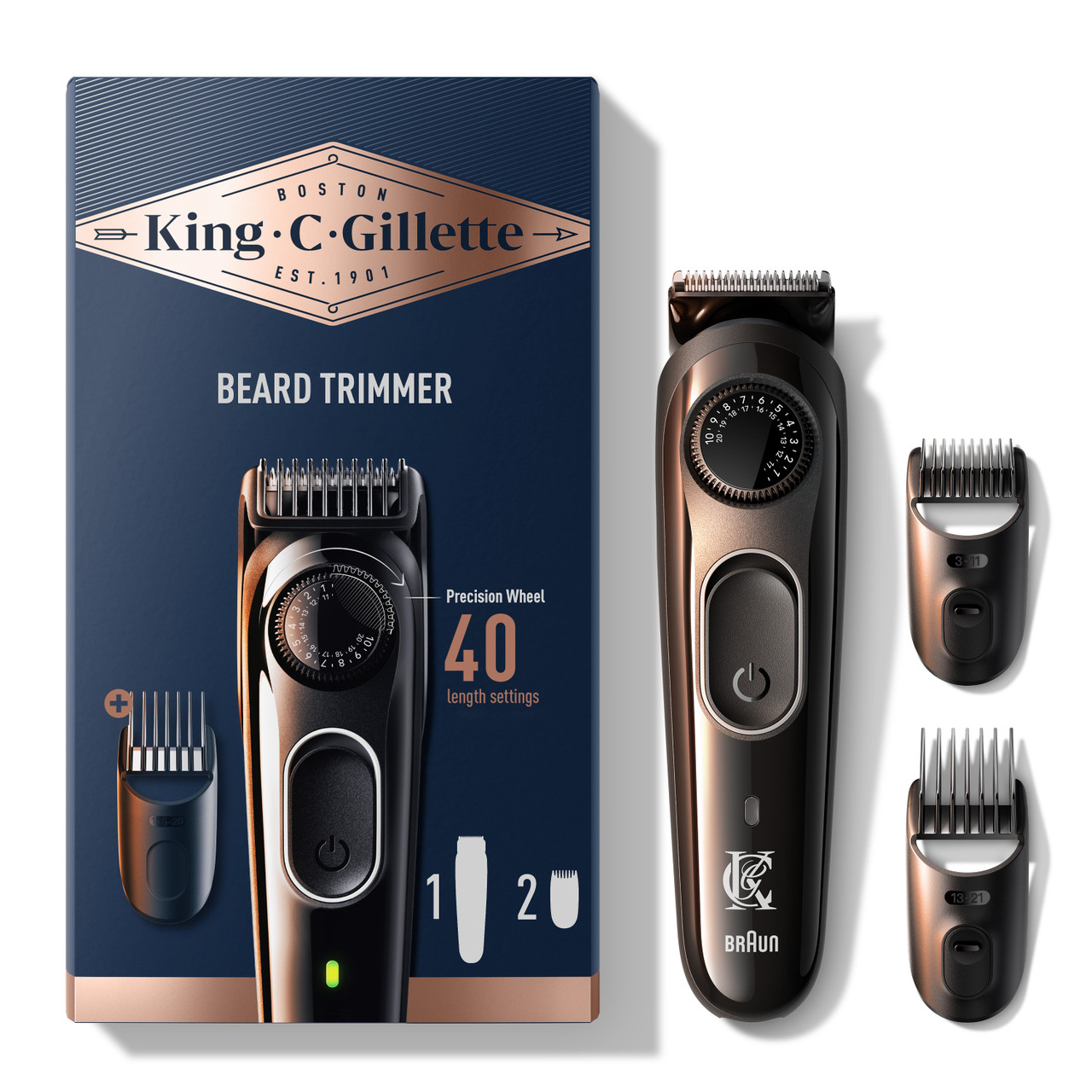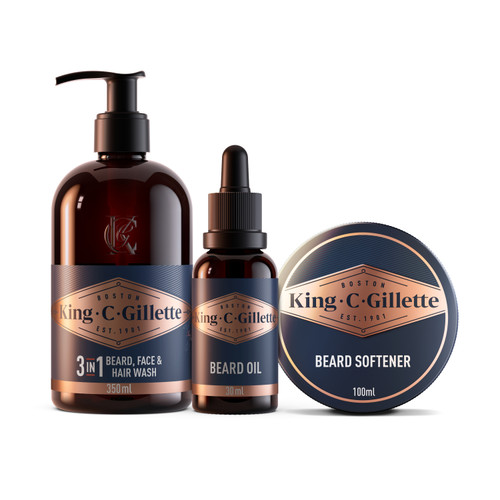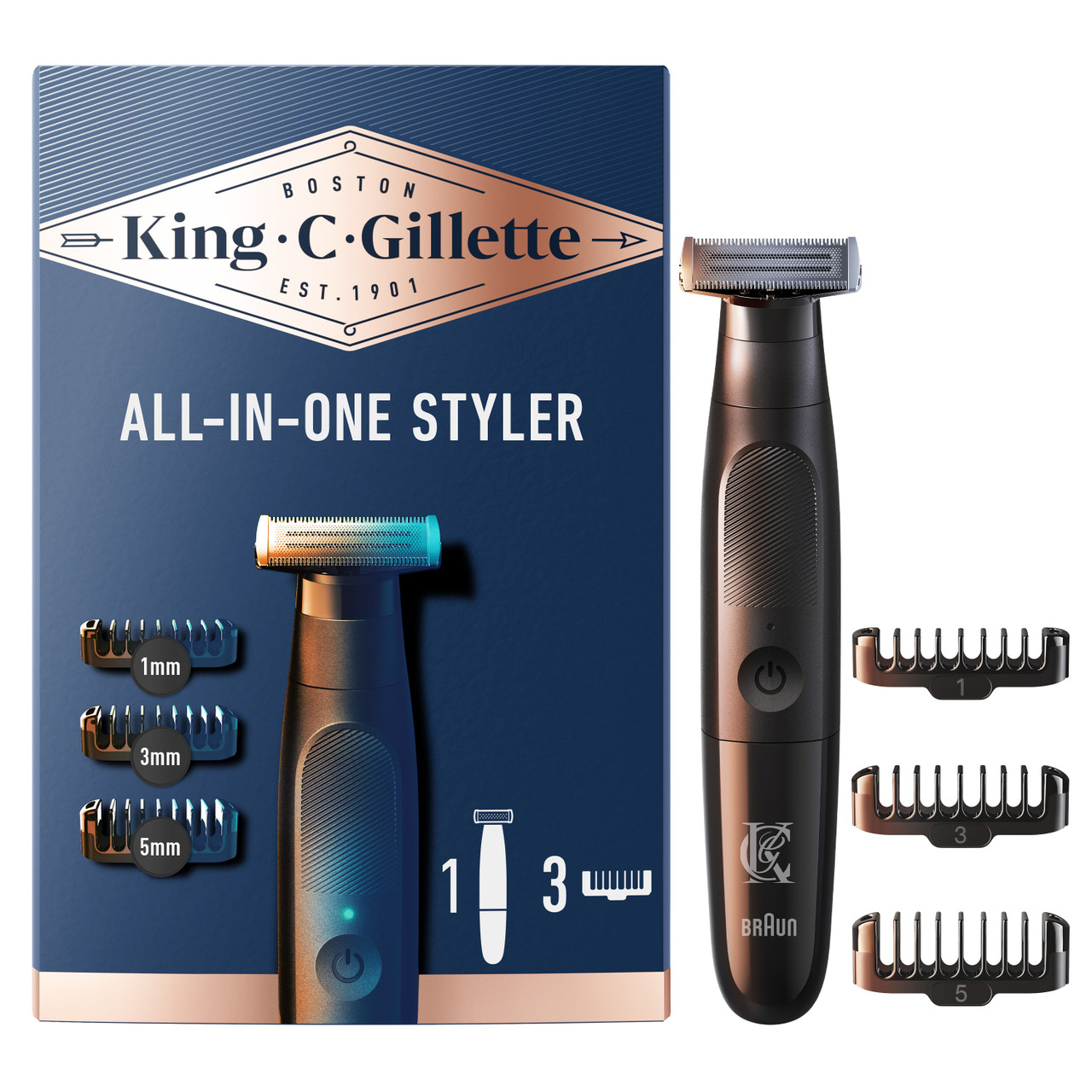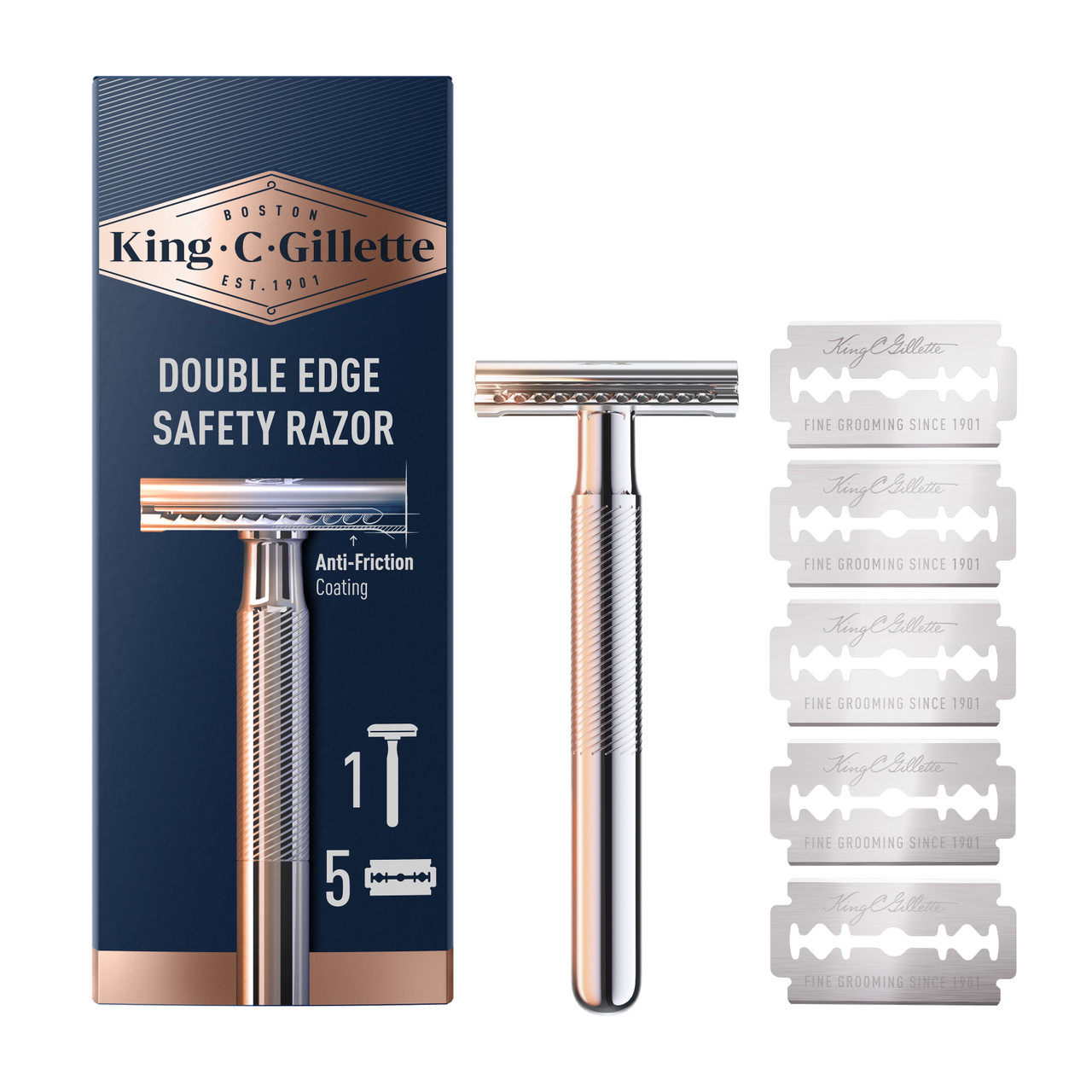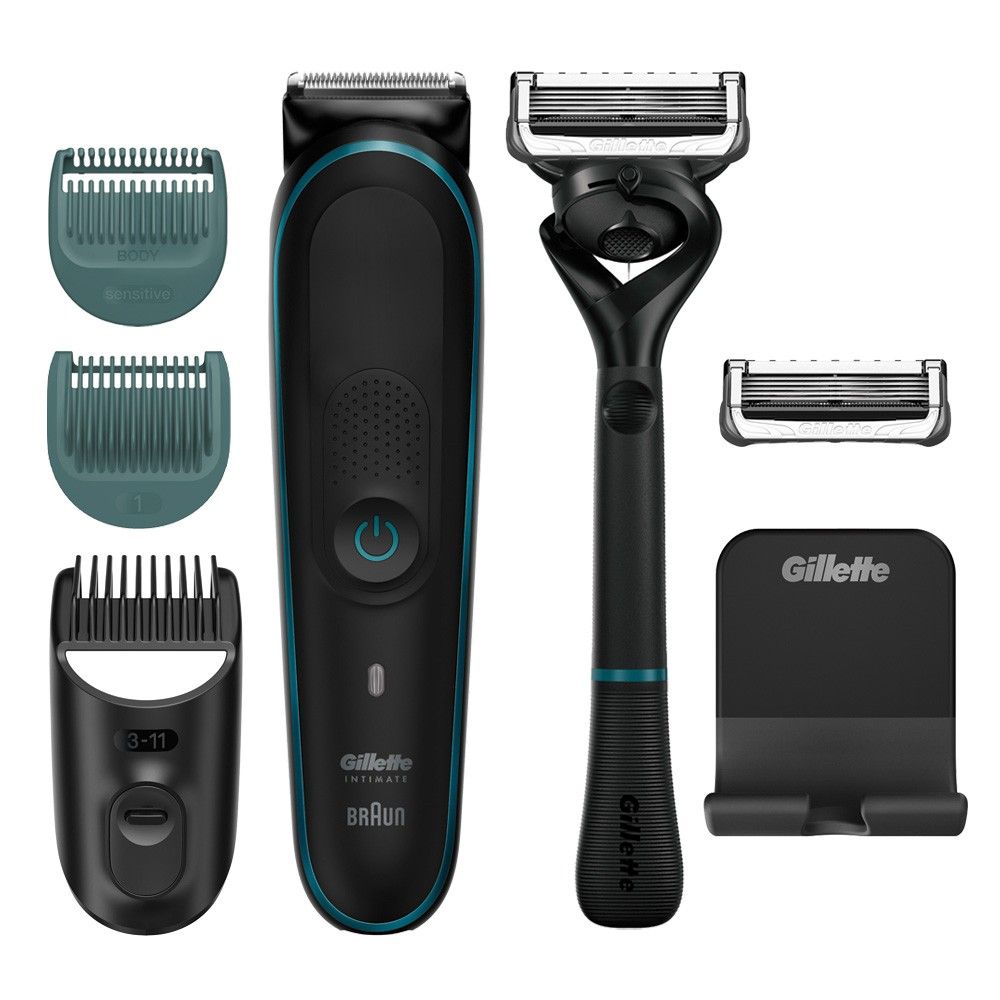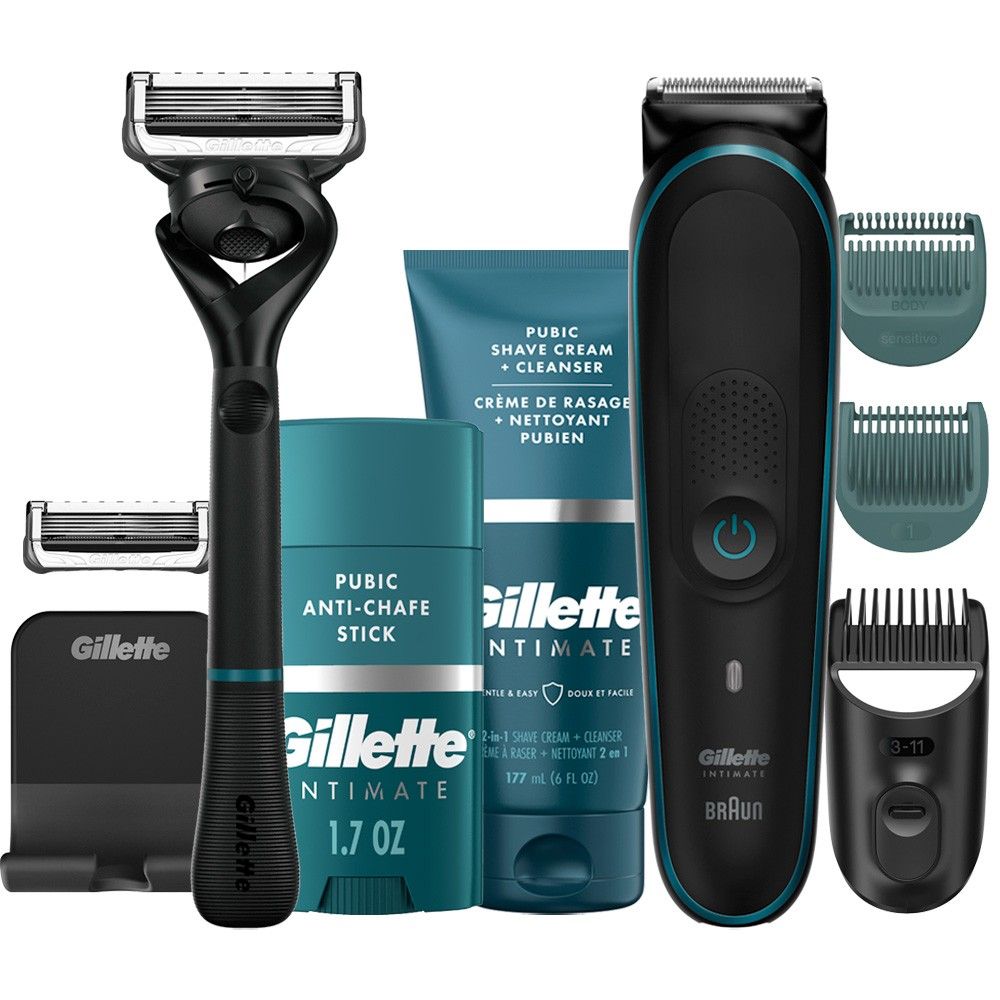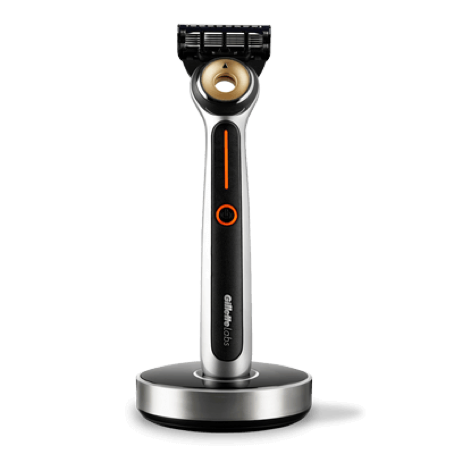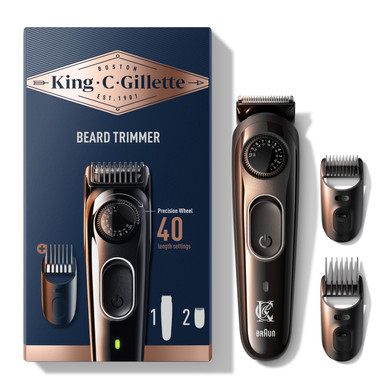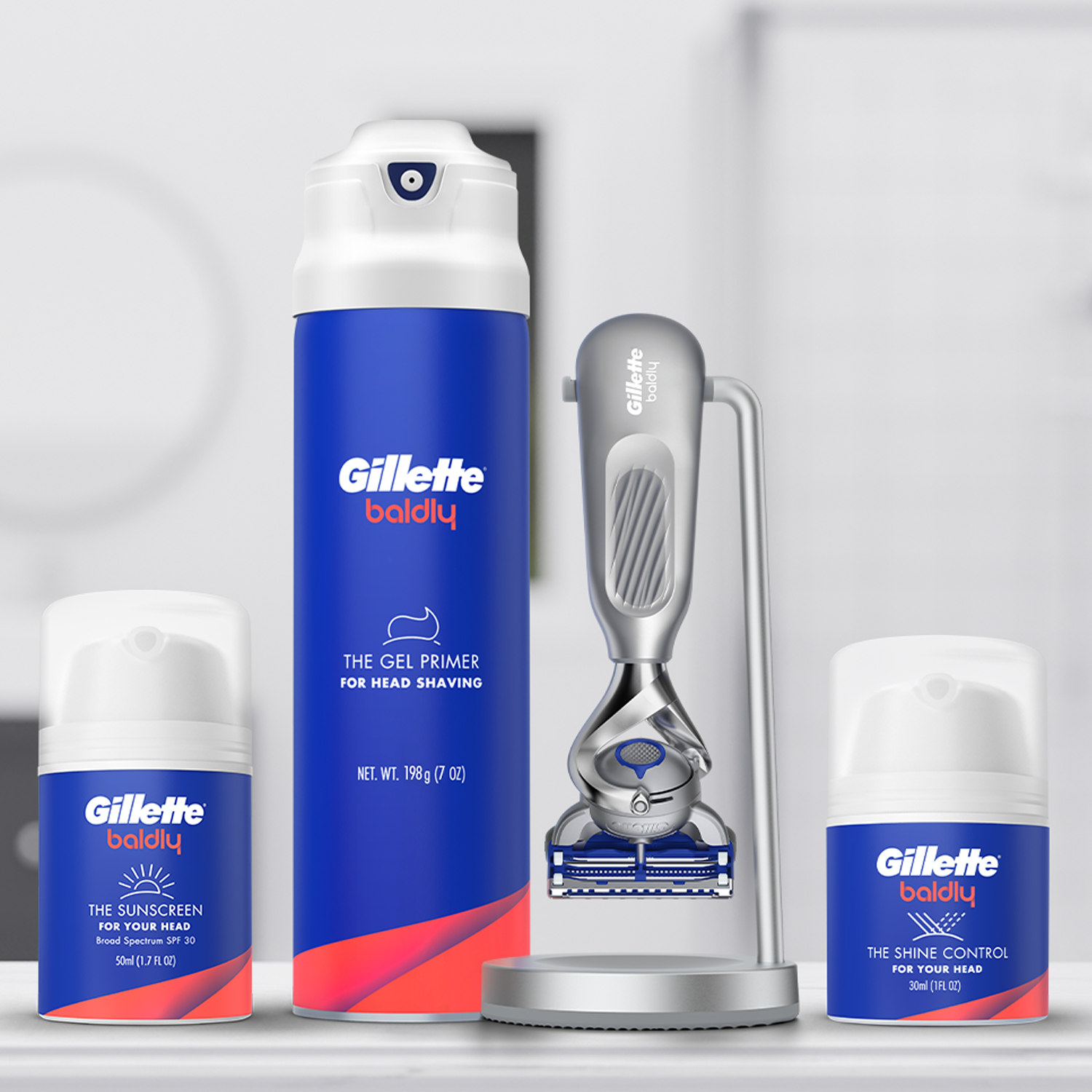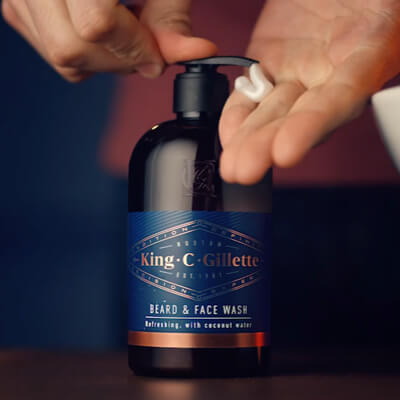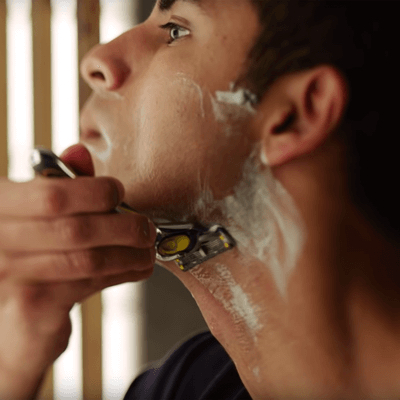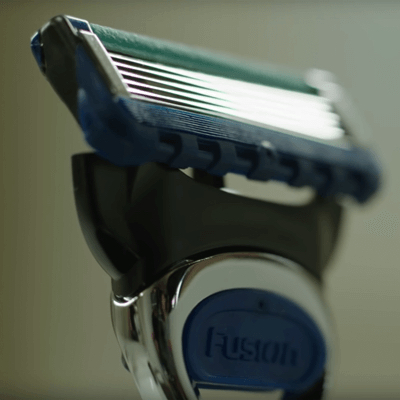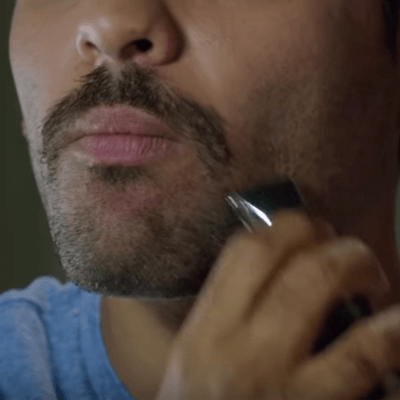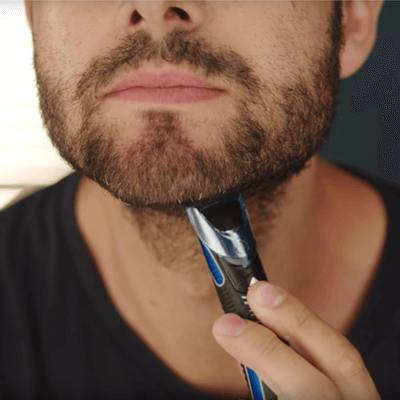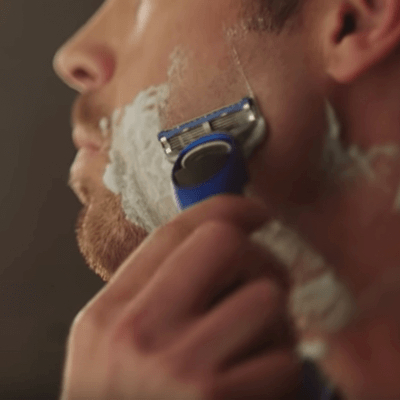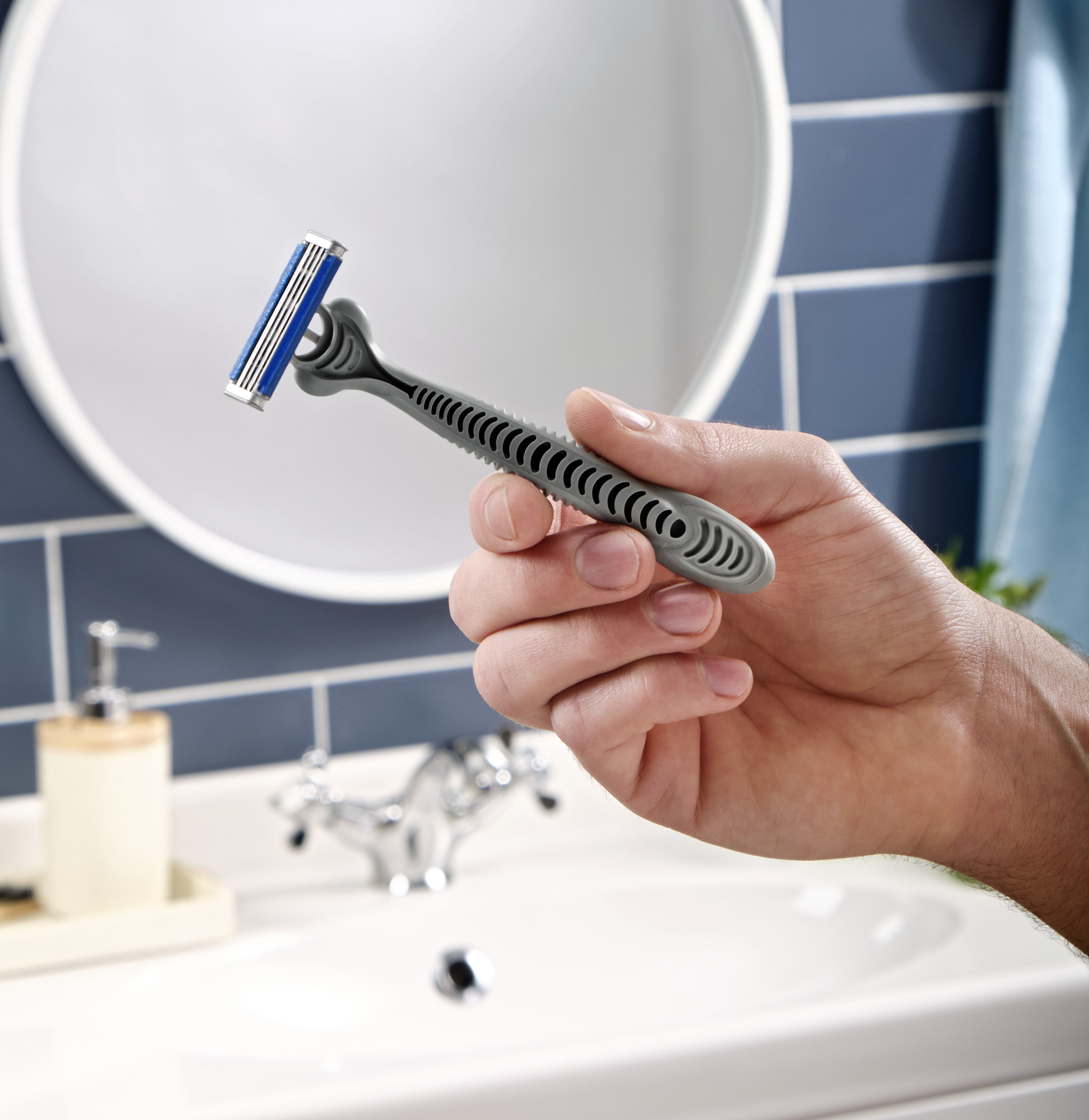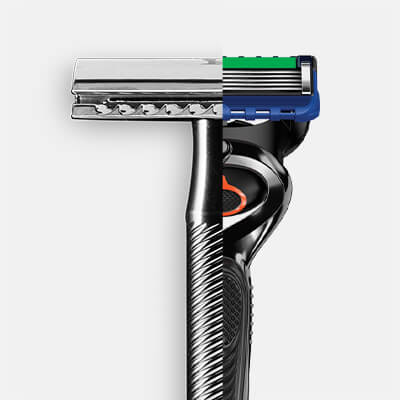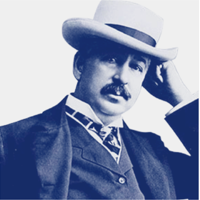Step 1
When does facial hair start growing?
Beard hair starts to appear during puberty, under the influence of male hormones. Most adolescent boys first notice facial hair between the ages of 13-16 years.
Step 2
Where does facial hair grow first?
In puberty, beard hair growth typically develops in a characteristic order. Hairs appear first on the upper lip, followed by the sideburns, chin and then cheek. Hair appears last in the neck area.
Step 3
Is facial hair growth based on genetics?
Adult men typically have thousands of beard hairs. The number of hair follicles is determined at birth, by genetics. Some ethnicities like men from the Far East (China, Japan) have less beard hair which mainly grows around the mouth.
Step 4
What patterns do beards grow in?
Every face is unique and there are large differences in hair growth patterns between men and even between different areas of the same face. Hair grows in multiple directions and some hair growth patterns almost look like a ‘crop circle’.
Step 5
Why do men often get ingrown hairs?
In text books, hair is often drawn as a straight rod growing out of the skin at an angle of 90°. In reality, most beard hairs grow out of the skin at a much lower angle, especially in the neck area. This increases the risk of hairs becoming ‘trapped’ or ‘ingrown’ into the skin.
Step 6
Why is beard hair tougher than scalp hair?
The average beard hair diameter is 0.1mm. This is almost twice the diameter of the hair on the scalp. This makes beard hair a lot coarser than scalp hair. Those strong whiskers often feel rough and prickly and look dry and wiry. It is therefore recommended to regularly condition and nourish beard hair with a balm or beard oil.
Step 7
How fast does a beard grow?
The average beard growth rate is 0.27 mm per 24 hours, (but this can vary between individuals). Hair growth is not a continuous never-ending process but occurs over a natural hair growth cycle which includes a growing phase, a resting phase and a phase where the hair will fall out to make place for a new hair.
Step 8
What causes shaving irritation?
The hair visible on a man’s face is only the ‘tip of the iceberg’. There is a lot of complex biology below the surface of the skin, which plays a role during shaving. For instance, every hair follicle is wrapped in nerves, which can be triggered by the force of the blade as it cuts through a beard hair, leading to signs of shaving irritation (skin looking red or feeling hot).
Step 9
Why wash my beard every day?
The skin has sebum glands which are connected to the hair follicle. They naturally produce an oily substance (called ‘sebum’), which travels to the surface of the skin via the hair shaft. It is very important to daily cleanse the beard hair and skin underneath to prevent them from becoming too oily, feeling dirty and smelling bad.
Step 10
Is beard wash important?
The skin is often compared to a wall made of bricks and mortar, which protects us from the environment. Healthy skin continuously renews itself and daily sheds some of the outer dead skin cells as part of this natural exfoliation process. Those skin ‘flakes’ can get trapped into the beard – a great reason to give those whiskers a daily wash.




